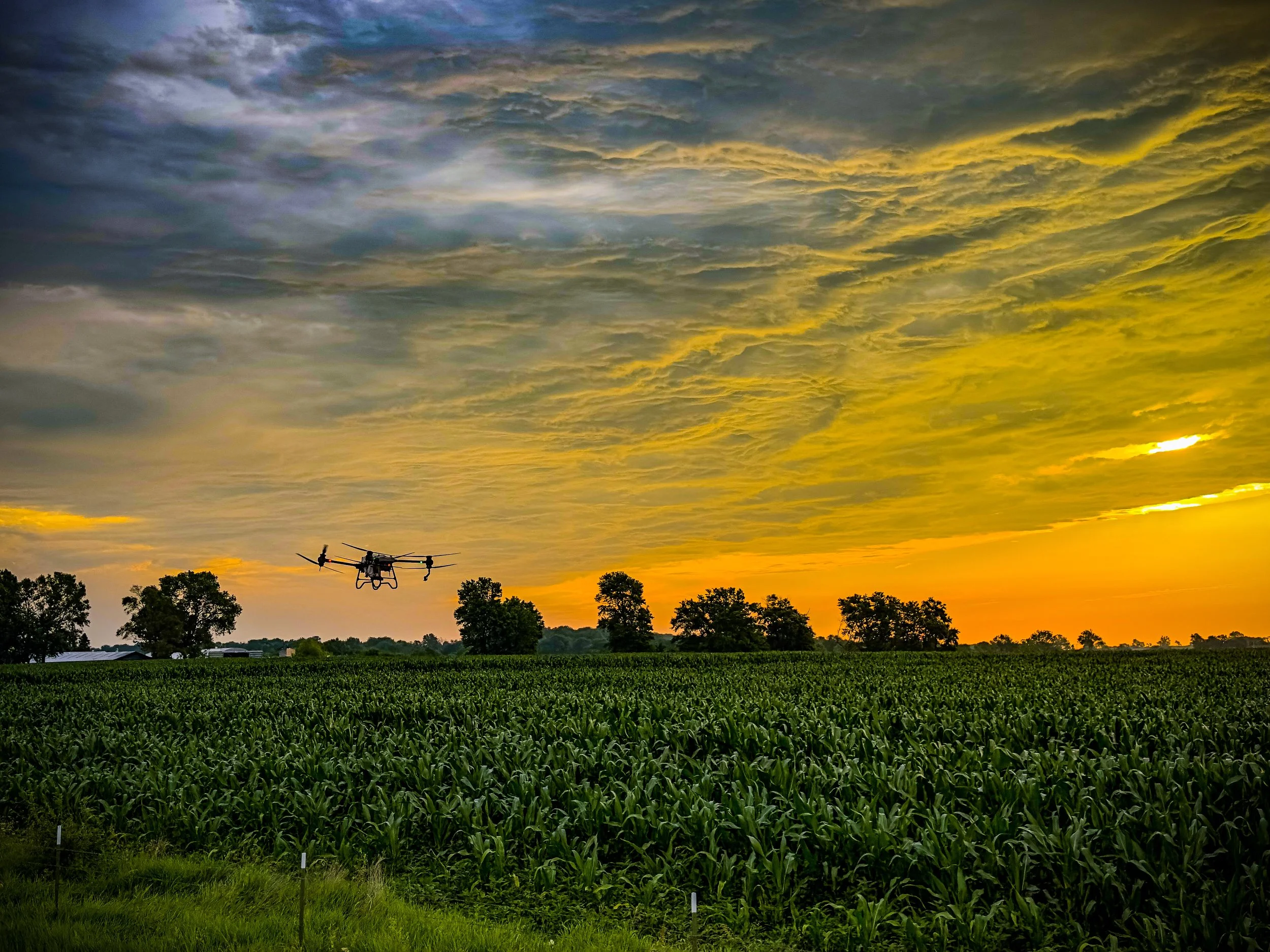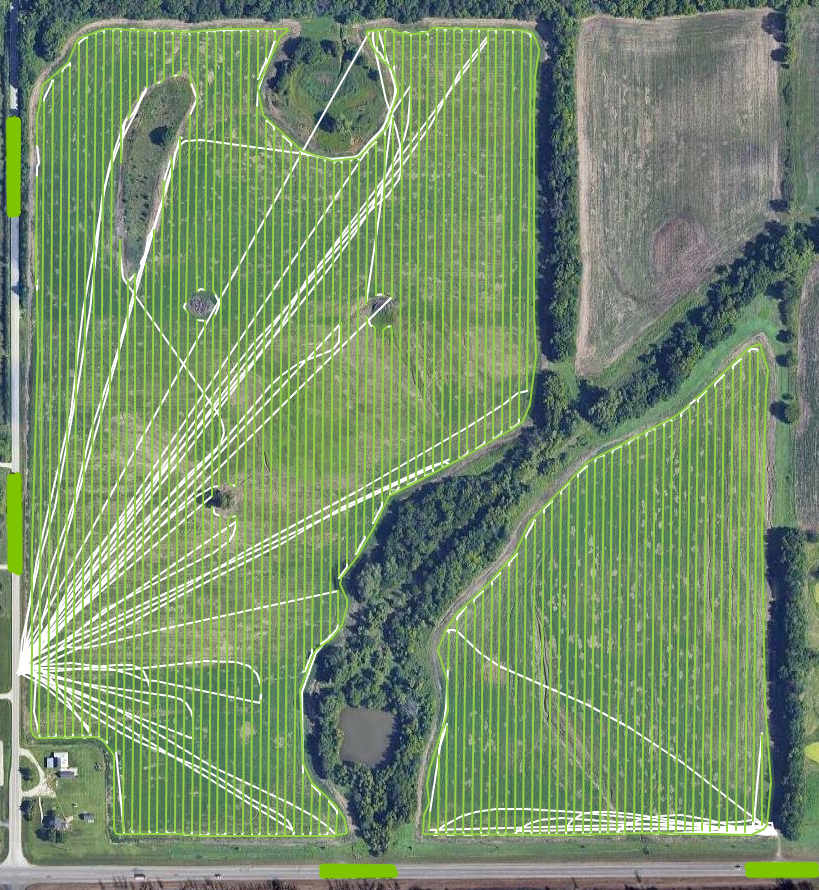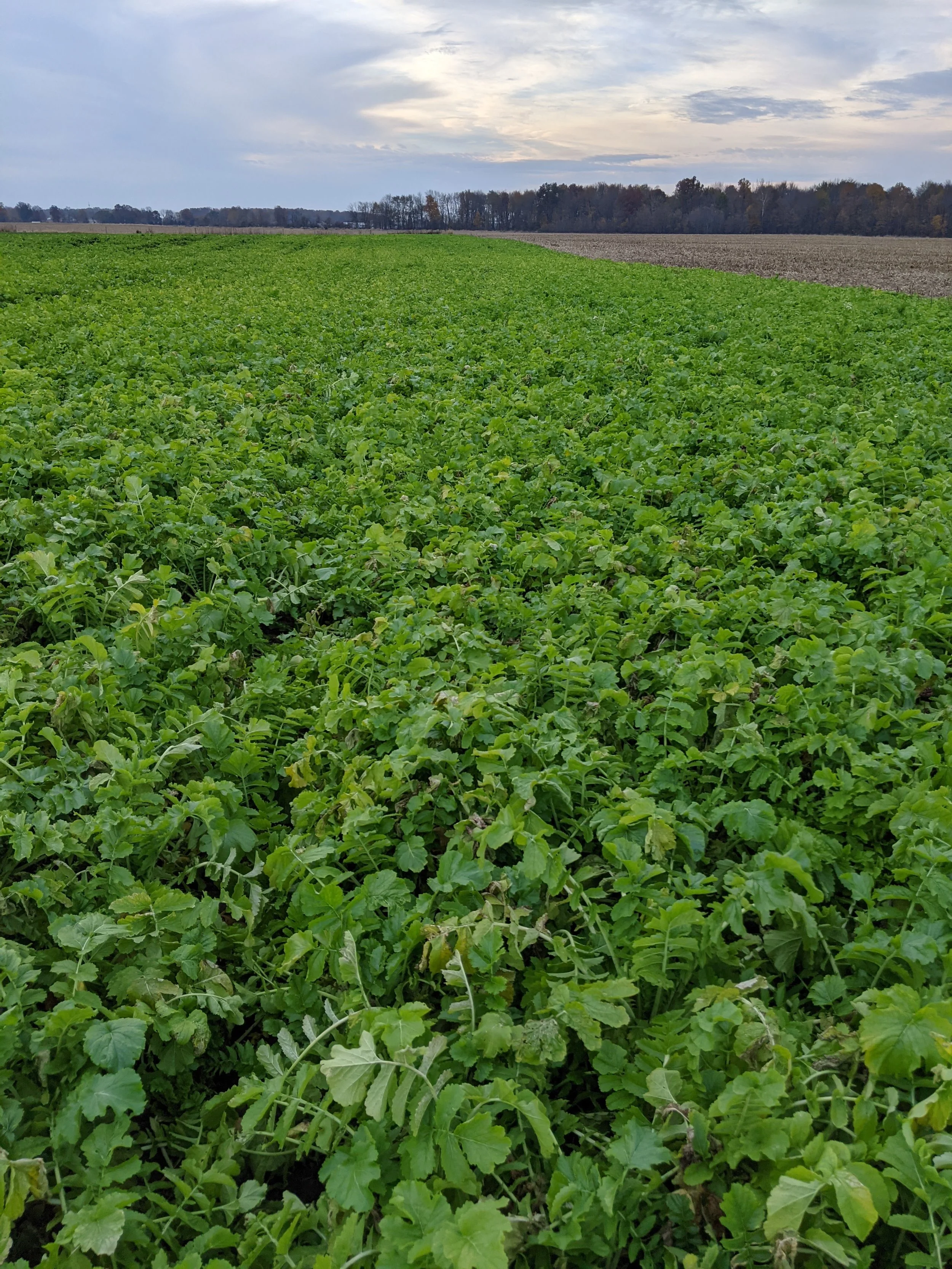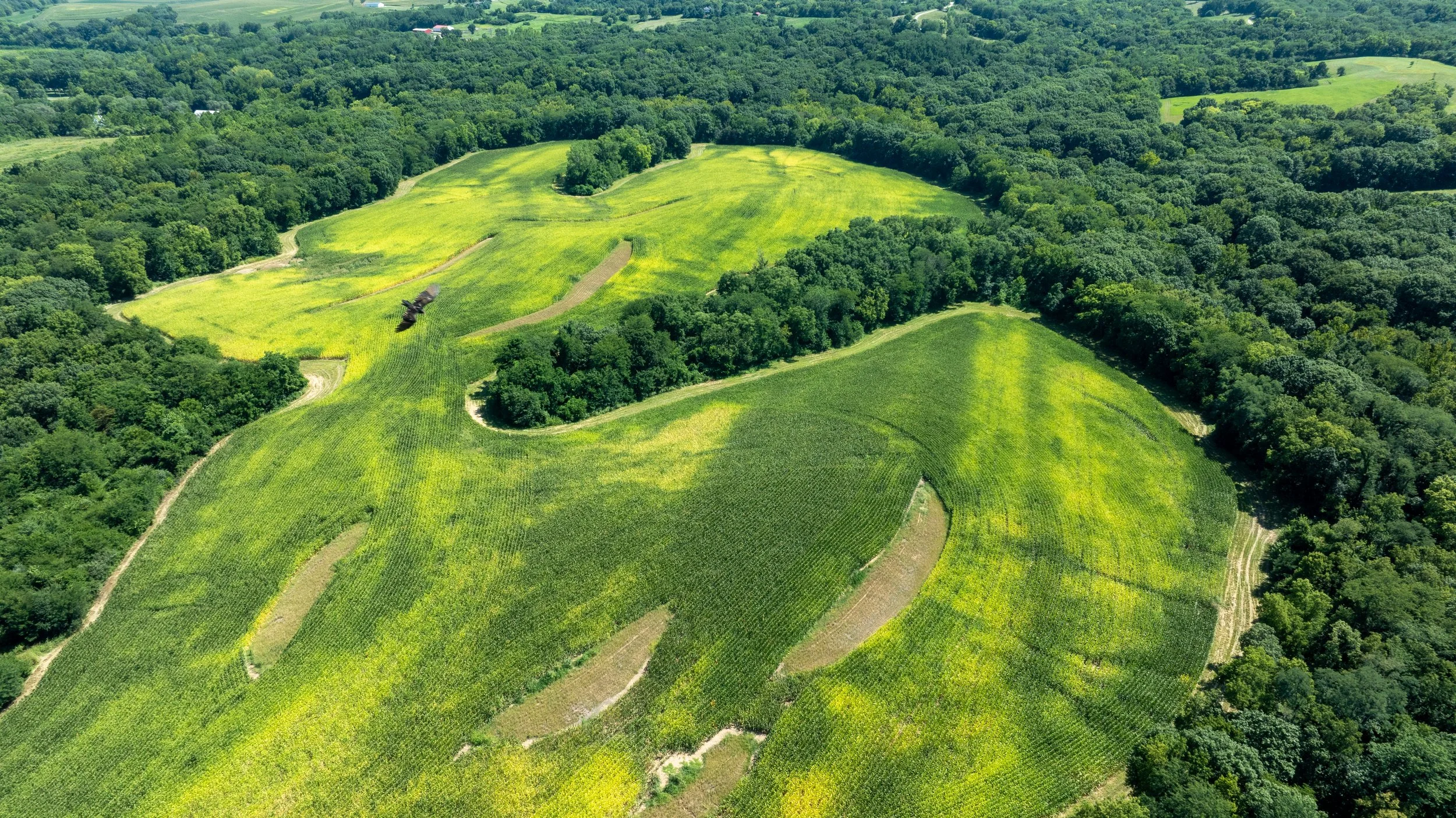

Broadcast Applications
What is Broadcast Application?
Broadcast application refers to the uniform distribution of products (such as fertilizers, herbicides, fungicides, or insecticides) over an entire field, rather than targeting specific areas or rows.
Why Verdant?
Expertise —
At Verdant, we work with expert agronomists daily to verify our results, and ensure we’re operating to our maximum potential. We can consult and provide guidance to ensure you’re choosing the right chemicals and application strategies for your fields. With over 20,000 acres covered, we have the experience to ensure your inputs deliver maximum return on investment
Additionally, we have studied our operations and monitored organizations across the US to ensure the correct settings are used to guarantee every application is successful.
Coverage —
Ensuring every plant is treated equally is fundamental to broadcast applications, and while our competition struggles to ensure uniform application, often missing the head-rows of the field, or sections of the field with boundary to obstacles such as trees, our drones handle those with ease. Verdant is the best option for your application needs — we can ensure full coverage of your field.
Accuracy —
The GPS guidance system ensures that every corner of your field is covered. Then the 8 coaxial mounted motors mean our drones beat both planes and helicopters in trials of canopy penetration and overall nutrient uptake. This downwash also controls drift to a far greater degree than a plane could, meaning that you’re not putting money into the neighbor’s hayfields, and better, that you’re controlling your environmental impact.
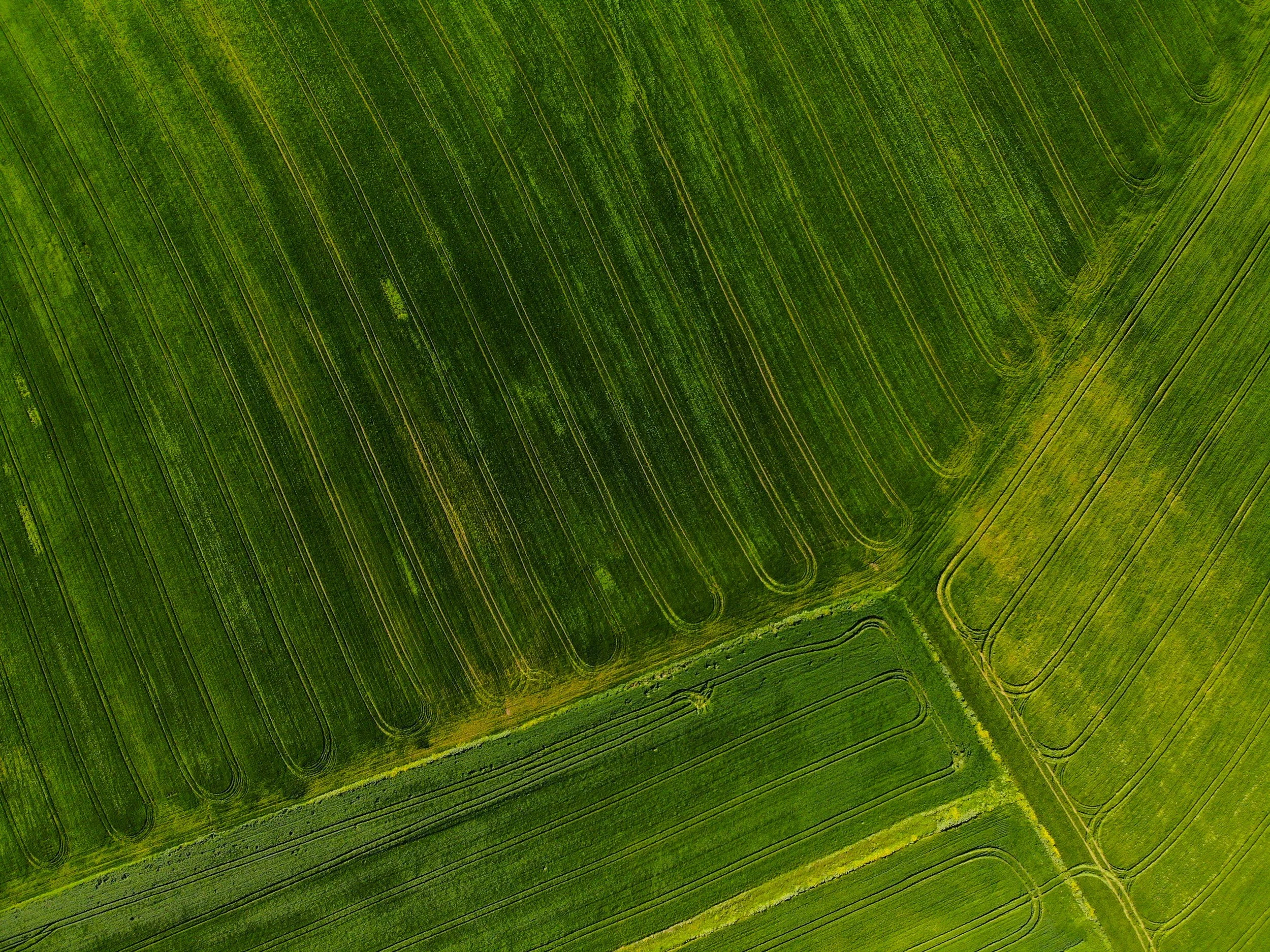
Cover Crop & Overseeding
Why Cover Crop?
Planting cover crop is a tried and proven method of improving soil health, preventing erosion, adding organic matter and enhancing biodiversity.
Cover crops outcompete weeds, and some release natural compounds that inhibit weed growth. They have been shown to help to the tune of $50-$100 per acre in pesticide costs by developing biodiversity and providing a habitat for plants and animals that assist in controlling pests.
Get ahead of the harvest —
Timing is everything — to get the most out of your cover crop, spread the seed 2-4 weeks before harvest, allowing them to set their roots and maximizing erosion control. Seeds can be planted at the latest — one month before the first frost.
Protect from soil compaction —
Keeping trucks off the soil is a key tenant in reducing soil compaction — spreading your cover crop keeps one more heavy planter off the ground, meaning less compaction, less money spent on tilling, and contributes to long term sustainability on your farm without any sacrifice to productivity or profit.
Overseeding —
Similar to cover crop — we are capable of overseeding (spreading into standing crop) for seed such as milo (sorghum) or wheat. This is especially common in bad pest years, where a portion of the crop has been damaged, but not all of it, and running a planter over the standing crop is not an option.

Variable Rate Application & Crop Health Imaging
What is Variable Rate Application?
Variable Rate Application refers to changing the amount of chemical being applied to the crop based on location in the field. This operates in contrast to a Broadcast Application, where the entire field is treated at an equal application rate.
Variable Rate Application has two forms
Prescription mapping & applications
Spot spraying
Prescription Mapping
Prescription mapping is a highly effective way of managing crop health, reducing input costs, and limiting environmental impact.
To start, a multispectral imaging drone will be used to scan your field and produce NDVI & RGB maps of your field.
We will then consult with you and an agronomist to determine causes of poor growth and which locations they occur at.
The drones will use the prescription map made in conjunction with the agronomist to apply treatments to the entire field, decreasing application volume where the crop is healthy.
Spot Spraying
Similar to prescription mapping, Spot Spraying is a highly effective way of managing pests amongst your crop or pasture in situations where there is not widespread concern for pest growth.
The multispectral imaging drone will scan your field or pasture to produce a 3d map of your farm.
Then, the problematic pest will be identified, typically weeds, can be located across the entire farm.
Our drones will then proceed to path weed-to-weed, spraying only when necessary.



